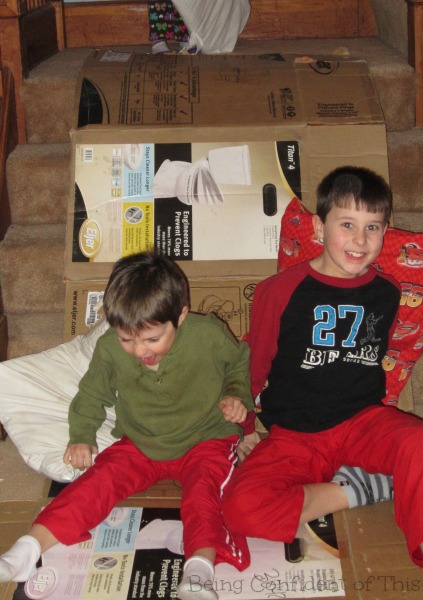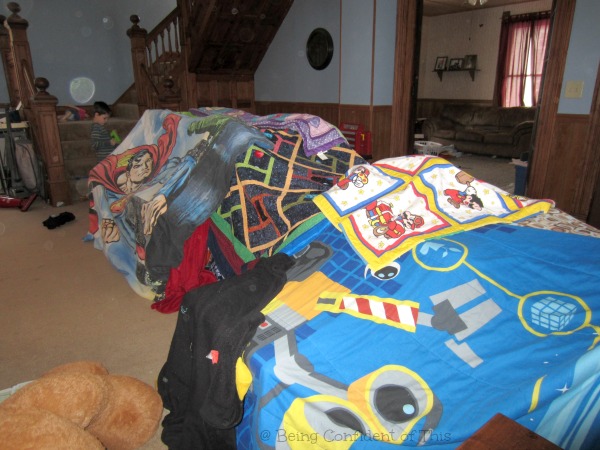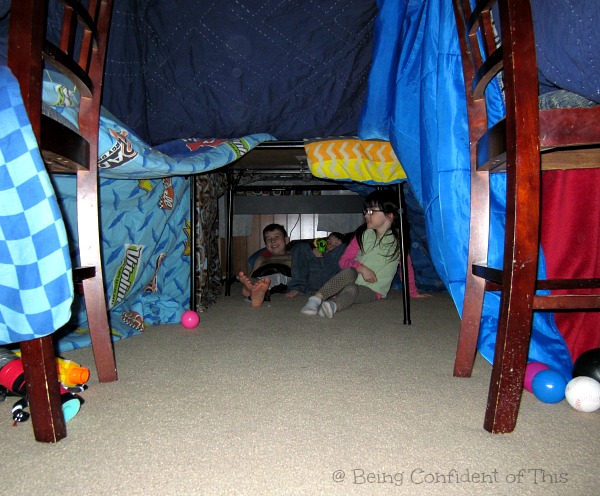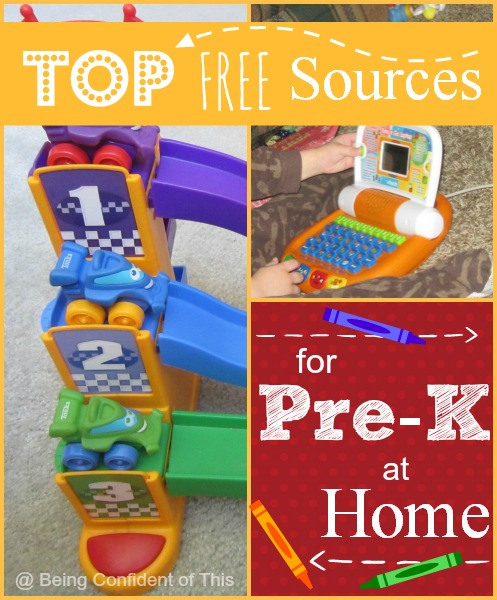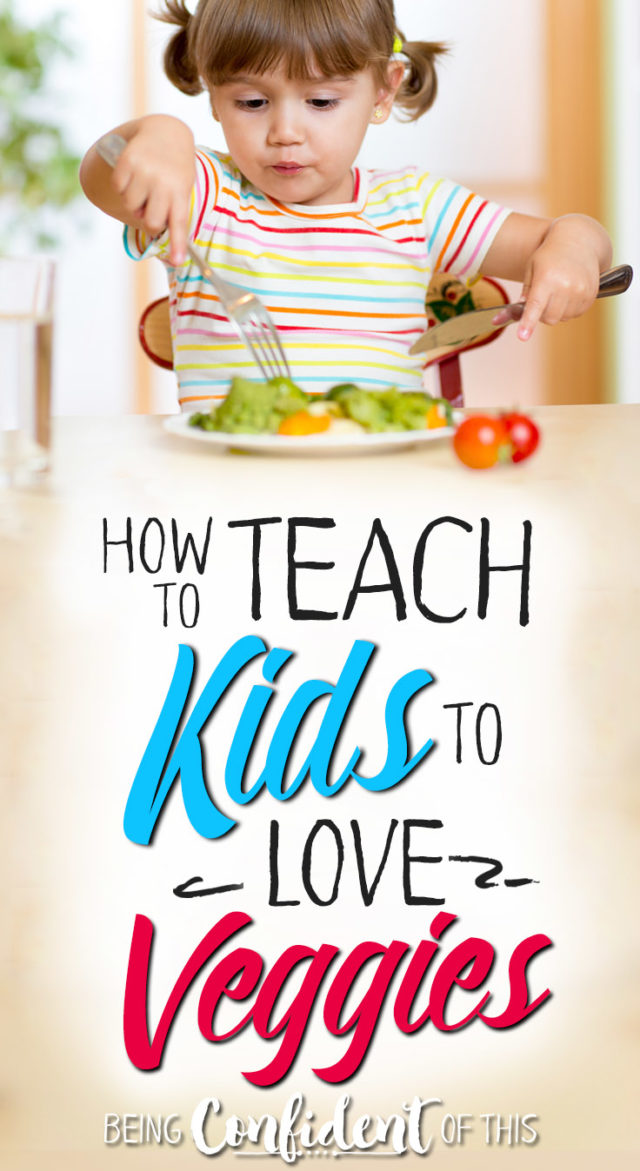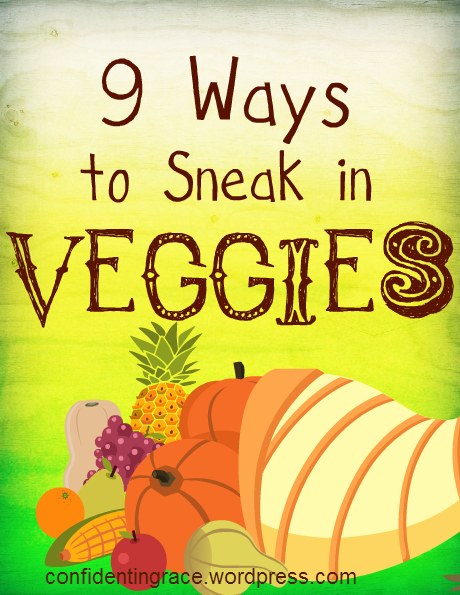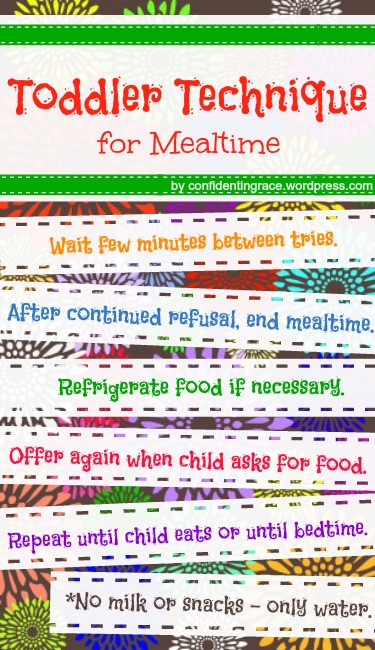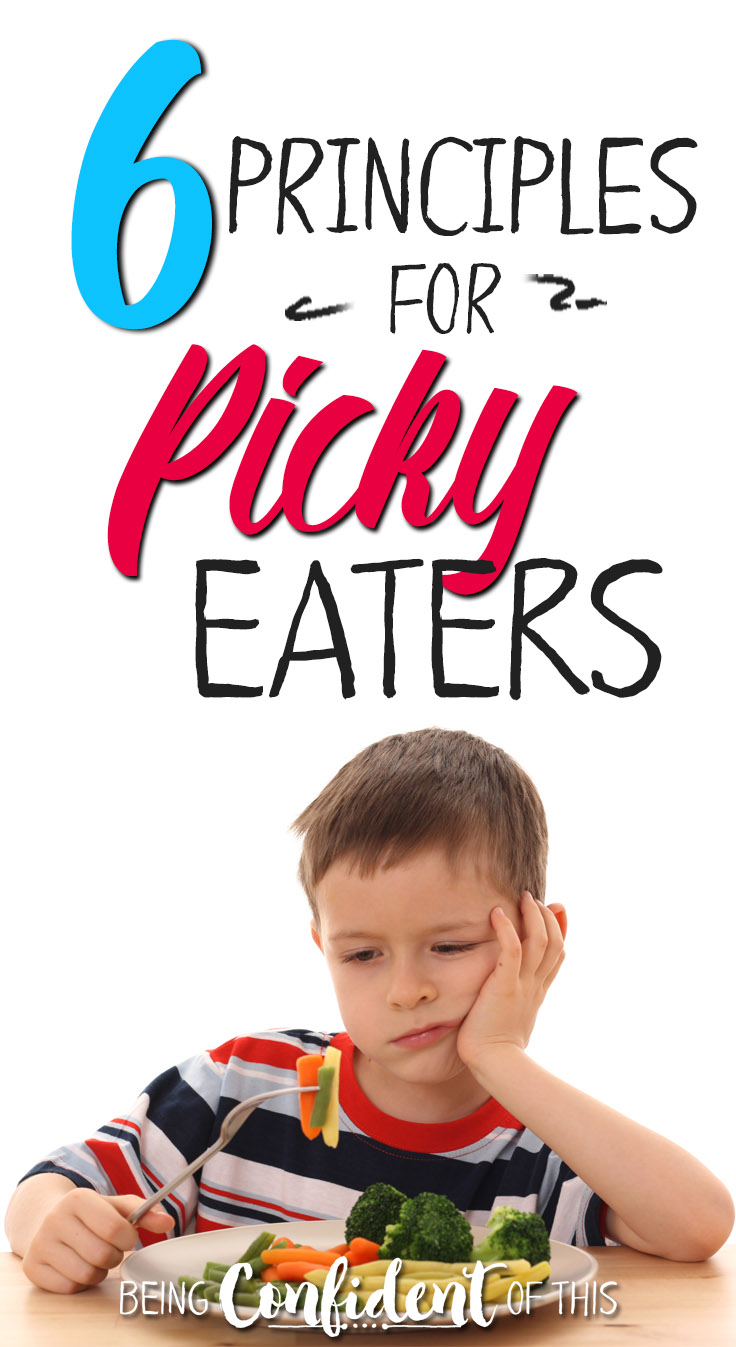Every year the struggle remains the same: how do we keep their little hearts and minds focused on Christ when Christmas has become such a consumer-oriented holiday?
Enter the Christmas Adventure Box, a kid-friendly advent activity for the whole family. Explore the spiritual significance of many of our favorite Christmas traditions, such as Christmas lights, candy canes, St. Nick, and more.
I first wrote about how we use this kid-friendly advent as a family tradition a few years ago.
If you haven’t read that post, I highly recommend you start there (just click this link).
I also recommend visiting my friend Lana’s site, which is where the idea originated. She gives more detailed instructions in a lesson-plan type of format which would be very helpful for teachers, homeschoolers, children’s church leaders, AWANA leaders, and so forth.
One of the things I love best about this kid-friendly advent activity is that it is very flexible!
Choose to do every day or just a few days a week, spend as little as five minutes or as long as an hour, and if you get behind (that never happens to us…haha), complete multiple days in one evening.
It’s advent that works for your family!

This year, I wanted to be a little more organized since last year flew by so quickly that we never actually completed the Christmas Adventure Box advent acitivity. I was such a holiday hypocrite.
So, I created some free printables to attach to the items in the box (see below) with simple instructions for how to complete each day’s activity of advent for kids.
Using this method will prevent me from having to look up the blog each day or print out a new set of advent instructions when ours gets lost (which also never, ever happens, right?).

And I thought if I was going to take the time to make printables for this advent for kids, then I might as well share with you all. 🙂
So, Merry Christmas to you, my faithful readers – here are free, downloadable printables to go along with your Christmas Adventure Box advent for kids. Just click the words below to download.
Kid-friendly Advent free printables
I plan to print ours out on card-stock, cut them apart and attach them to the wrapped items in our box, making this family advent activity even simpler than it already is.
I’m all for simplifying the holidays for less stress, especially with four kiddos in the house (okay, three kiddos and one young man).
Don’t forget to visit The Christmas Adventure Box post for details on how to get started and a handy list of needed items. Once your box is filled and the cards are attached, you are all set to go for this easy, kid-friendly advent that that whole family will enjoy.
Teach your children the stories behind holiday traditions
and, most importantly, how Jesus is the Greatest Gift of all!
Jen 🙂
If you find yourself worried about how to give your kids a good Christmas, read here.
Sharing with:
A Group Look, Cornerstone Confessions, Monday Parenting Pin It Party, Mama Moments, Wholehearted Home, Tell It To Me Tuesdays, Grace and Truth



